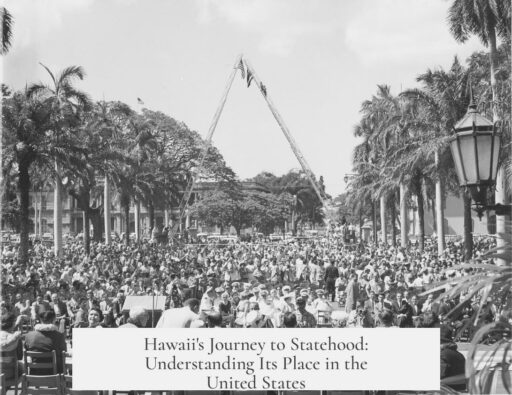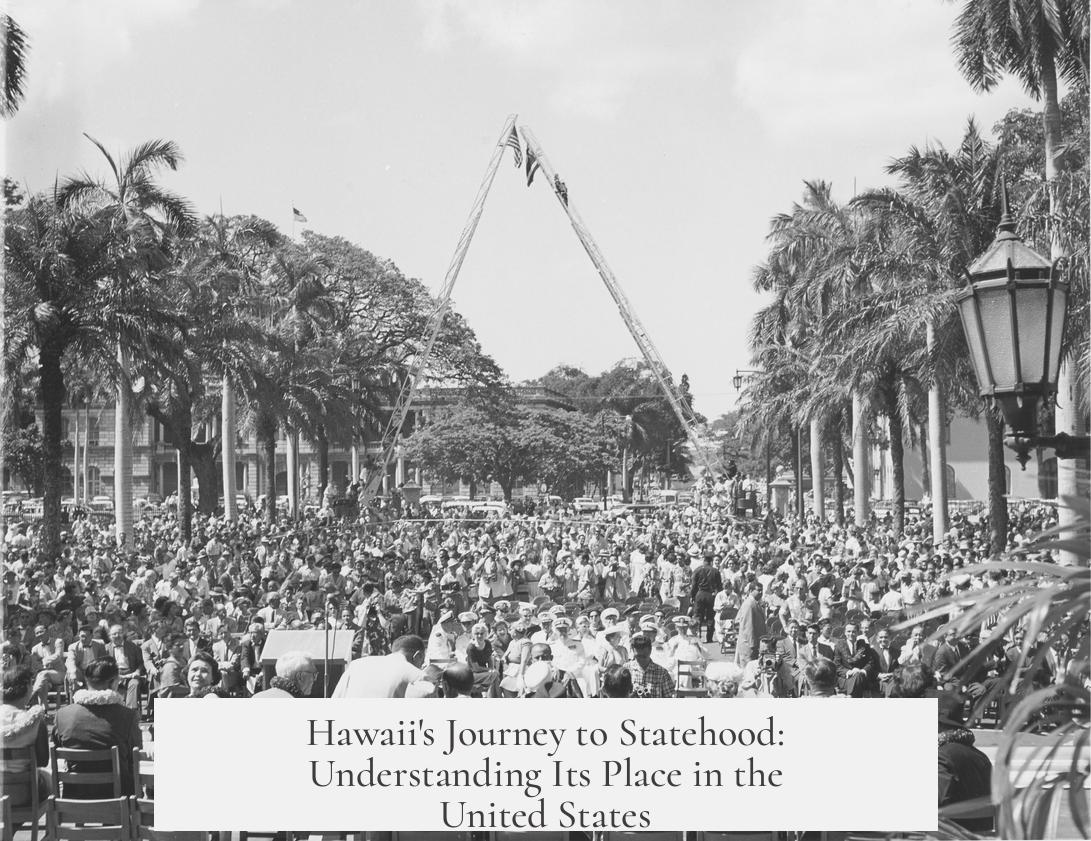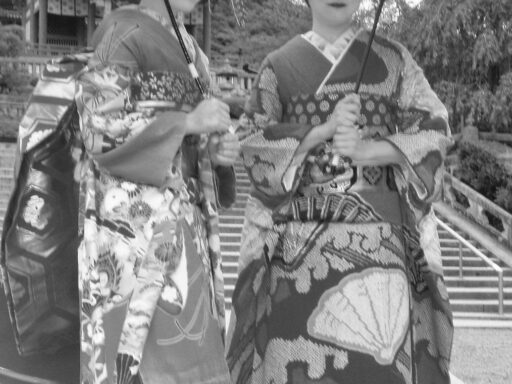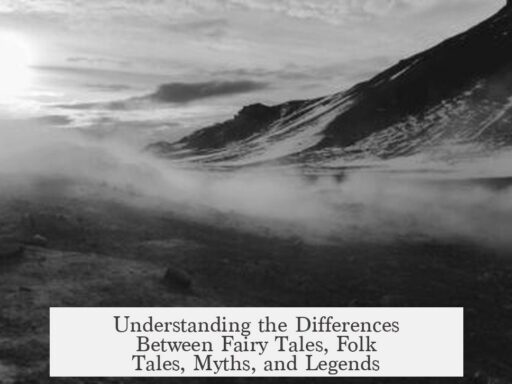Hawaii became part of the United States due to a mix of economic, political, and military factors driven by American interests. The key reasons include the influence of the Dole Fruit Company and plantation owners, strategic military value, the overthrow of the Hawaiian monarchy, sugar tariffs, and foreign population changes.
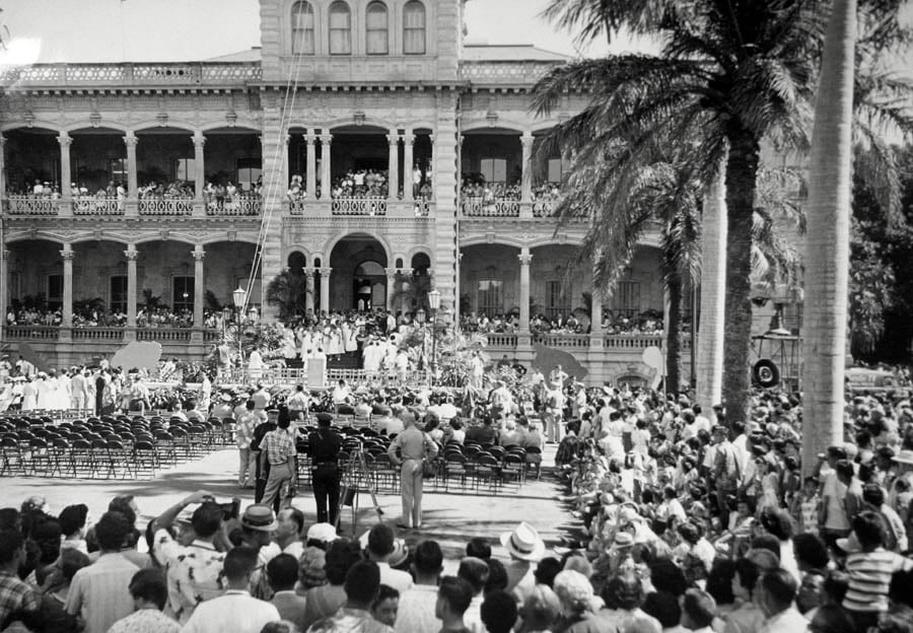
In the late 1800s, Hawaii was an independent kingdom with a monarchy, but American business interests already had a significant presence. Many white American plantation owners controlled large sugar plantations. After the American Civil War, the U.S. imposed tariffs on foreign sugar imports, which hurt Hawaii’s sugar revenue. Plantation owners pushed for annexation to avoid these tariffs. The 1875 Reciprocity Treaty helped, allowing tariff-free sugar imports in exchange for U.S. naval rights in Hawaii, significantly increasing wealth for plantation owners.
The role of the Dole Fruit Company and other businesses was central. They had strong ties to U.S. political authorities and supported efforts to overthrow the Hawaiian monarchy. Queen Liliuokalani, who came to power in 1891, opposed foreign control and attempted to restore Hawaiian authority. In 1893, American and European business leaders staged a coup. They requested U.S. military support, which arrived without direct presidential approval. This forced the Queen to abdicate, ending the Hawaiian monarchy.
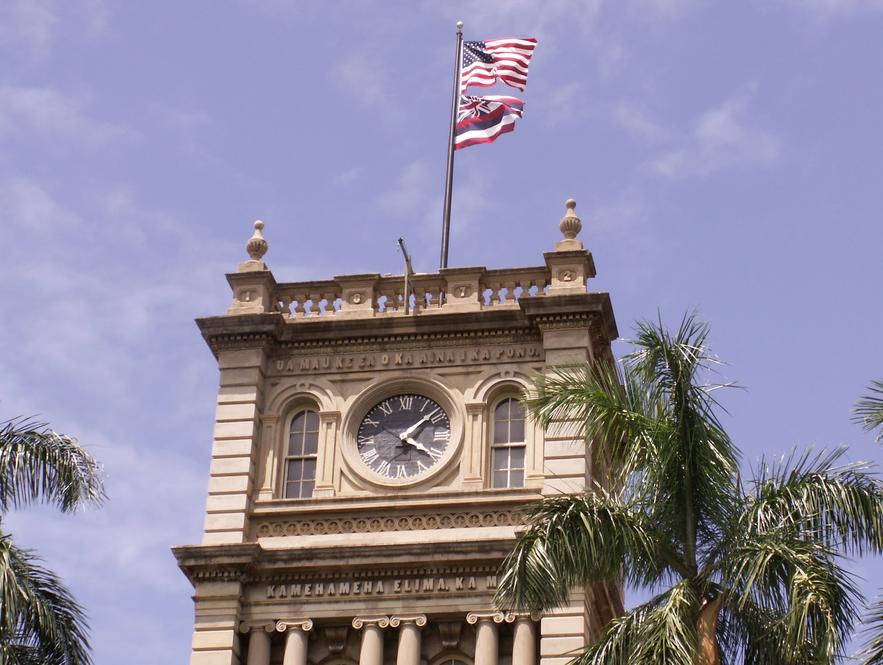
This overthrow led to the establishment of a provisional government dominated by American settlers. Initially, the U.S. did not annex Hawaii immediately, but the strategic value of the islands became even clearer during the Spanish-American War in 1898. The war highlighted the need for a strong naval presence in the Pacific. Hawaii’s location made it an ideal military base for controlling Pacific routes and deterring other powers, such as Japan.
Recognizing this, the United States formally annexed Hawaii that same year. The islands became a U.S. territory and remained so until 1959. After World War II, Hawaii’s importance as a strategic military site solidified its path to statehood. Hawaii was one of the few Pacific territories not occupied during the war, had an economy that supported itself, and showed interest from its population in joining the U.S.—all factors that contributed to it becoming the 50th state.
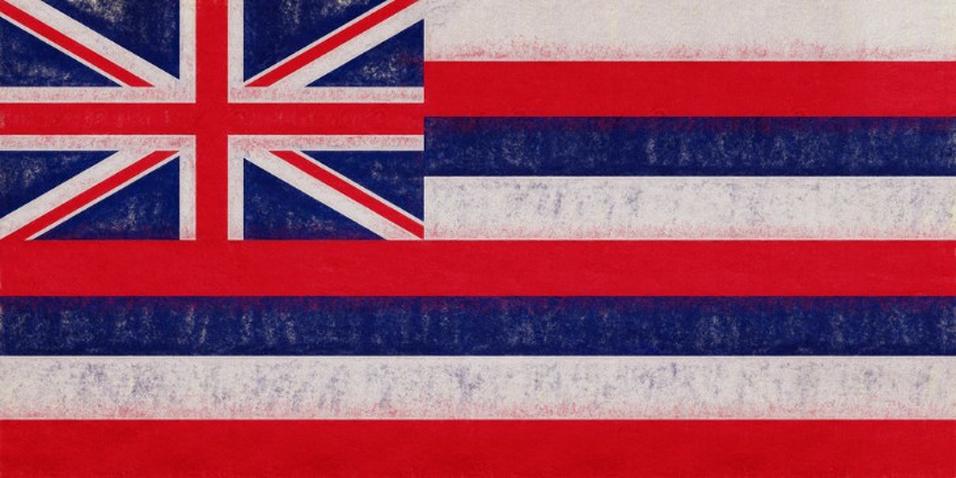
Foreign influence on Hawaii predates annexation. The monarchy had invited Europeans and Americans in to develop agriculture and industry, leading to a diverse plantation-owning class. However, native Hawaiians faced severe population decline from diseases introduced through Western contact. The population fell from roughly 600,000–300,000 before Captain Cook’s arrival in 1778 to about 70,000 by 1890. This demographic shift weakened native resistance to foreign control.
| Factor | Impact |
|---|---|
| Plantation Owners & Sugar Tariffs | Pushed for U.S. annexation to avoid tariffs; economically benefited from treaty with U.S. |
| Dole Fruit Company & Business Interests | Led efforts to overthrow monarchy with U.S. military support |
| Overthrow of Monarchy (1893) | Ended Hawaiian sovereignty, established provisional U.S.-friendly government |
| Spanish-American War (1898) | Highlighted military importance, leading to annexation |
| World War II Strategic Role | Reinforced Hawaii’s position, paving way for statehood in 1959 |
| Demographic Changes | Native population decline weakened resistance against foreign takeover |
Hawaii’s incorporation into the U.S. resulted from American economic interests merging with military strategy and political maneuvers. Sugar plantation owners sought tariff relief and political control. The overthrow of the Hawaiian monarchy, aided by U.S. forces, removed native governance. Then, strategic military needs during the Spanish-American War pushed annexation forward. Finally, Hawaii’s strategic role in the Pacific and its self-sufficient economy justified full statehood after World War II.
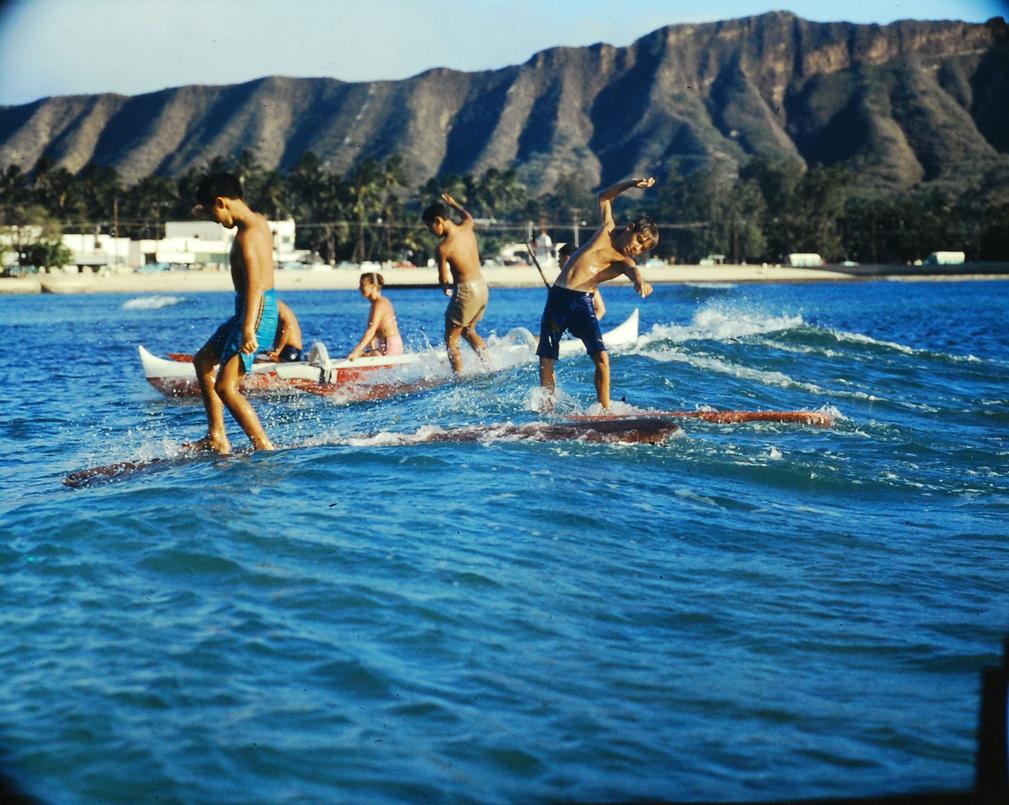
- American sugar tariffs motivated plantation owners to seek annexation.
- Dole Fruit Company and business elites led efforts to remove the Hawaiian monarchy.
- U.S. military strategically valued Hawaii as a Pacific naval base.
- Hawaii was annexed in 1898 after the Spanish-American War.
- Native population decline weakened the kingdom’s ability to resist foreign control.
- Hawaii became a U.S. state in 1959 following its military strategic importance and economic viability.
Why is Hawaii part of the US?
Why did Hawaii become part of the United States? The answer lies in a mix of business interests, strategic military goals, political intrigue, and dramatic upheavals that transformed a vibrant kingdom into the 50th state. Let’s unpack this fascinating story.

First, it’s impossible to ignore the towering role of the Dole Fruit Company and American plantation owners. These business folks didn’t just grow delicious pineapples; they wielded immense power. The US government, backing these planters, helped trigger a chain of events that dismantled the Hawaiian monarchy.
Imagine a kingdom ruled by Queen Liliuokalani, who believed foreign influence was Hawaii’s true problem. The white plantation elites thought differently. They staged a revolt, sought US intervention, and—without presidential authorization—American troops landed. The queen was forced to step down. Between 1875 and 1893, the plantation owners had successfully tipped the scales, pushing Hawaii toward American control.
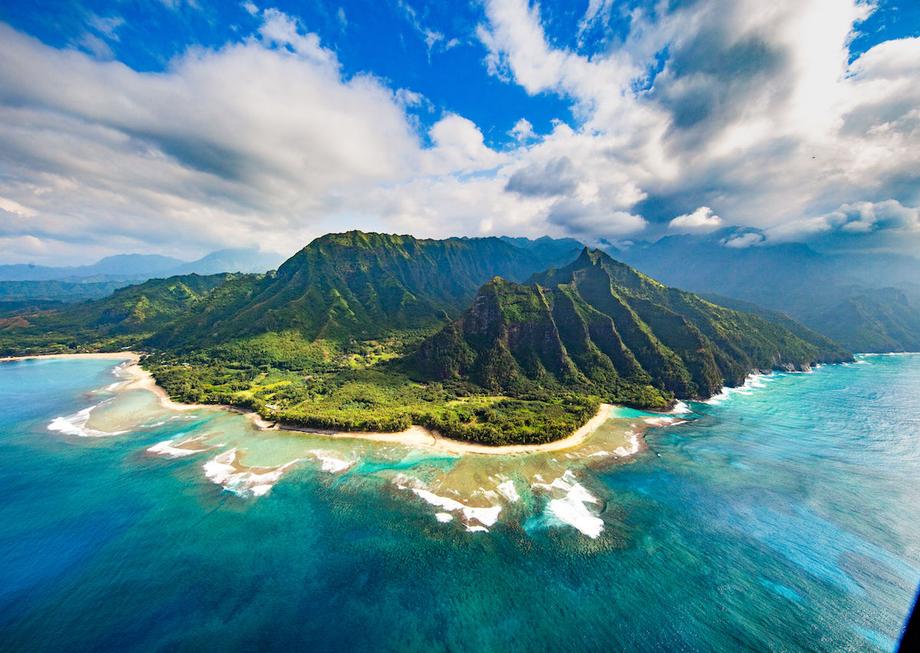
But why? Here’s the money shot: sugar tariffs. After the American Civil War, the US imposed tariffs on foreign sugar, which hit Hawaiian plantation profits hard. In 1875, a deal was struck—Hawaii dropped tariffs, and the US gained naval rights. The result? Plantation owners’ wealth boomed, and their ambitions to annex Hawaii grew.
This was no small plot. White plantation owners, many descendants of New England missionaries, had been settling on the islands for decades. They cultivated labor from foreign workers who filled Hawaii’s plantations, creating a wealthy class fully invested in American annexation. The native population had been tragically reduced—down from around 600,000 in 1778 to 70,000 by 1890, mainly due to epidemics introduced through foreign contact.
The overthrow of Queen Liliuokalani wasn’t just business as usual—it was a dramatic clash of cultures and power. The queen wanted to restore native Hawaiians’ rights, threatening plantation owners’ dominance. They responded by calling in US forces, effectively ending the Hawaiian monarchy. It’s a cautionary tale of political intrigue and foreign meddling.
Now, why did the US seal the deal and annex Hawaii officially? Strategic military importance was key. During the Spanish-American War in 1898, America recognized Hawaii’s value as a midway naval outpost in the Pacific—especially after Japan tried expanding its influence. The islands were crucial for controlling the Pacific and protecting American interests.
Hawaii’s economy was largely self-sufficient, making it a viable US territory. But there was more: after World War II, the islands’ military importance skyrocketed. Hawaii had avoided Japanese occupation, unlike many Pacific islands. This led to full statehood in 1959, recognizing Hawaii as a central piece in America’s Pacific strategy.
So, a weighted vote in the mid-20th century settled the matter, officially welcoming Hawaii into the United States. But it’s worth noting the phrase “weighted” here carries a faint whiff of irony—Hawaiians didn’t exactly have an easy choice in this transition.
What lessons does this history teach us?
For one, economic interests often drive political change. The sugar tariffs and profits at stake pushed plantation owners to collaborate with US power. They shaped Hawaii’s fate more than native Hawaiian voices did at the time. Then there’s the role of military strategy. Territories don’t matter only for their people—they matter for their positions on the global chessboard.
Finally, the story invites us to reflect on foreign influence and its consequences. Missionaries and European settlers changed Hawaii forever, bringing labor, capital, but also diseases that decimated native populations. This context is crucial when understanding the complex relationship between Hawaii and the US.
What does this mean today? Hawaii’s unique culture, language, and history continue to thrive despite the turmoil of the past. Recognizing the past’s challenges helps people appreciate how far the islands have come and underscores the importance of respecting native Hawaiian heritage.
Summing it up
- US business interests, especially Dole and sugar plantation owners, were key players in pushing for annexation to avoid sugar tariffs and protect profits.
- The overthrow of the Hawaiian monarchy was driven by plantation elites with US military backing, leading to the queen’s abdication.
- Strategic location in the Pacific made Hawaii a critical military asset, particularly during the Spanish-American War and World War II.
- Foreign influence and population decline deeply shaped Hawaii’s political and social landscape before becoming US territory.
In the end, Hawaii’s journey to becoming part of the US is a story mixing economics, politics, military strategy, and cultural transformation. It’s a reminder how global power can reshape local histories, for better or worse.
Feeling inspired to learn more about Hawaii’s past? Dig deeper into the stories of Queen Liliuokalani, the sugar plantations, and the Pacific battles—each one adds color to this rich tapestry.
